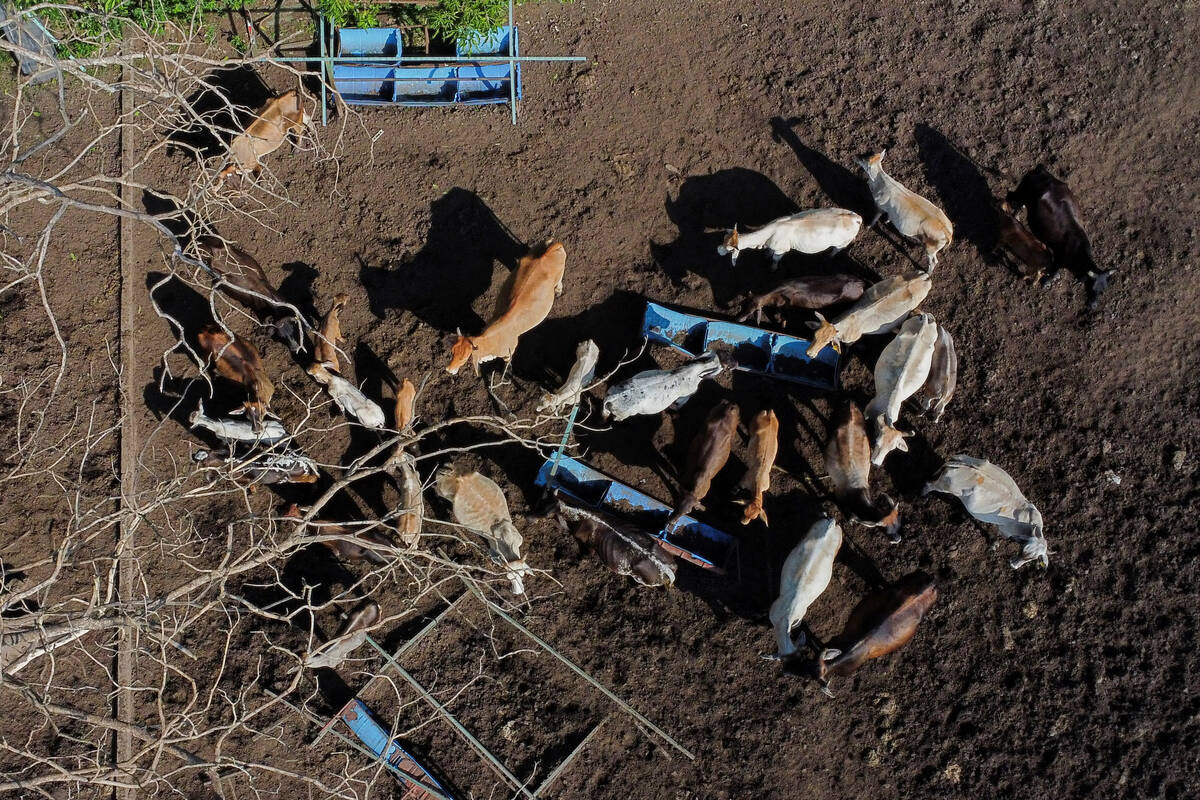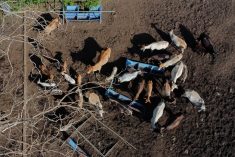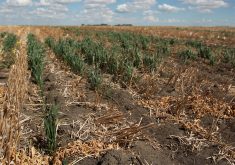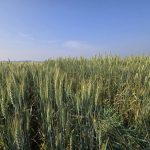A new study has outlined the technique for identifying alfalfa blossom blight caused by botrytis and sclerotinia.
“The main symptom is dead and dying flowers at the bottom of infected flower clusters,” said Bruce Gossen, research scientist at Agriculture Canada’s Saskatoon Research Centre.
“If one of these dying flowers is pulled off, several accompany it because they are attached by the botrytis fungus.”
Gossen and colleagues have developed a testing system to determine the extent of the infection to help make fungicide decisions.
Read Also

Cattle smuggling worsens outbreak in Mexico
Cattle being smuggled across Mexio’s southern border are making a screworm outbreak much more difficult to control.
The research also found an application of Benlate provided consistent and cost-effective control of blossom blight. A minor-use registration for Benlate was supported by this data. Partly as a result of the same study, another fungicide, Dithane, was registered and made available this spring. Gossen said Dithane is less costly than Benlate but must be applied more frequently.
Cool, wet conditions contribute to the botrytis fungus.
“In a cool, wet year, four factors reduce seed production: Bees don’t fly, so there’s reduced pollination; alfalfa doesn’t flower as heavily because it needs a certain amount of drought stress to flower; the amount of other diseases, such as leaf spot, are increased; and the flower infection due to blossom blight. The latter is the only factor that producers can have an impact on. In a bad year, they can protect the flower by spraying with a fungicide.”
Gossen also tried to study botrytis blight of lentils but during the four years of the study, the weather was such that it didn’t form.
To get a copy of the final report of Biology and Control of Botrytis Blight of Lentil and Alfalfa, ADF report #19940184, phone 306-787-5150.














